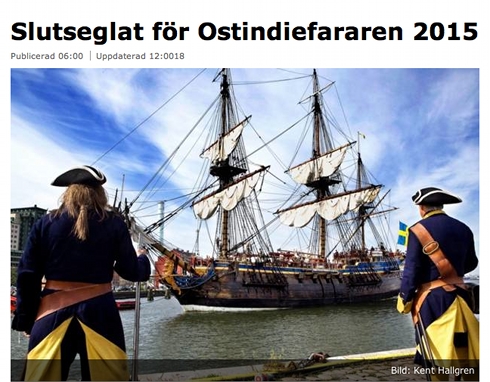Photo: Kent Hallgren.
The Swedish East Indiaman Gotheborg III in GP 11 April 2013.
Text © JE Nilsson, CM Cordeiro 2013
Though I’ve been in Sweden for just about a decade, I wonder if it is only I who have grown tired at the consistent gloomy headlines of the local Swedish newspapers when writing about the Swedish East Indiaman Gotheborg III, the latest headlines reading – No more sailing for the East Indiaman.
I wonder if this sensationalization of headlines is but a low end marketing attempt to attract readership since there is a general consensus of the ship itself being an entity of high interest. But what these pessimistic headlines reflect however, is a probable trend of lack of confidence in what is considered a good investment for the city of Gothenburg, and a business opportunity that can generate great dividends to all.
